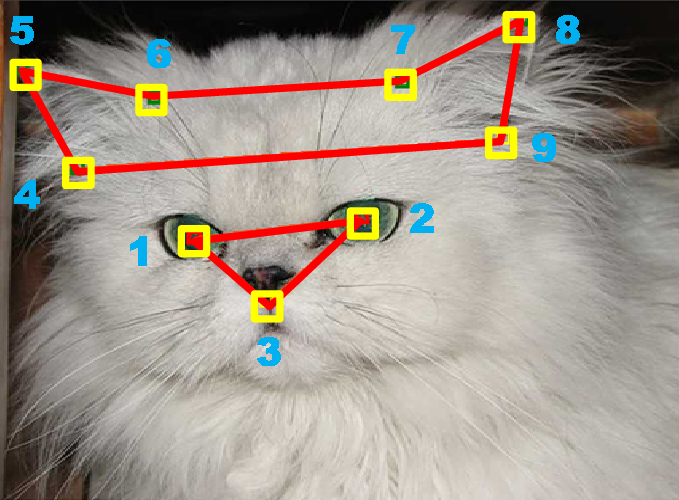When did linking begin? by Bob DuCharme.
Bob republished an old tilt at a windmill that attempts to claim “linking” as beginning in the 12th century CE.
It’s an interesting read but I disagree with his dismissal of quoting of a work as a form of linking. Bob says:
Quoting of one work by another was certainly around long before the twelfth century, but if an author doesn’t identify an address for his source, his reference can’t be traversed, so it’s not really a link. Before the twelfth century, religious works had a long tradition of quoting and discussing other works, but in many traditions (for example, Islam, Theravada Buddhism, and Vedic Hinduism) memorization of complete religious works was so common that telling someone where to look within a work was unnecessary. If one Muslim scholar said to another “In the words of the Prophet…” he didn’t need to name the sura of the Qur’an that the quoted words came from; he could assume that his listener already knew. Describing such allusions as “links” adds heft to claims that linking is thousands of years old, but a link that doesn’t provide an address for its destination can’t be traversed, and a link that can’t be traversed isn’t much of a link. And, such claims diminish the tremendous achievements of the 12th-century scholars who developed new techniques to navigate the accumulating amounts of recorded information they were studying. (emphasis added)
Bob’s error is too narrow a view of the term “address.” Quoted text of the Hebrew Bible acts as an “address,” assuming you are familiar enough with the text. The same is true for the examples of the Qur’an and Vedic Hinduism. It is as certain and precise as a chapter and verse reference, but it does require a degree of knowledge of the text in question.
That does not take anything away from 12th century scholars who created addresses that did not require as much knowledge of the underlying text. Faced with more and more information, their inventions assisted in navigating texts with a new type of address, one that could be used by anyone.
Taking a broader view of addressing creates a continuum of addressing that encompasses web-based linking. Rather than using separate systems of physical addresses to locate information in books, users now have electronic addresses that can deliver them to particular locations in a work.
Here is my continuum of linking:
| Linking |
Requires |
| Quoting |
Memorized Text |
| Reference System |
Copy of Text |
| WWW Hyperlink |
Access to Text |
The question to ask about Bob’s point about quoting “…his reference can’t be traversed…” is, “Who can’t traverse that link?” Anyone who has memorized the text can quite easily.
Oh, people who have not memorized the text cannot traverse the link. And? If I don’t have access to the WWW, I can’t traverse hyperlinks. Does that make them any less links?
Or does it mean I haven’t met the conditions for exercising the link?
Instead of diminishing the work of 12th century scholars, recognizing prior linking practices allows us to explore what changed and for who as a result of their “…tremendous achievements….”

